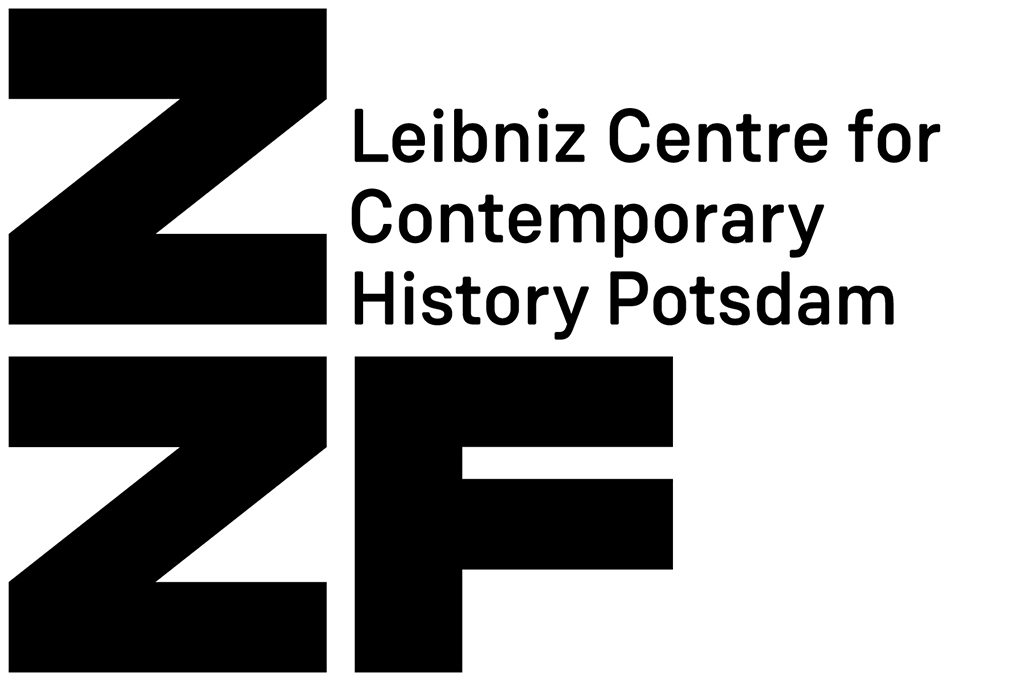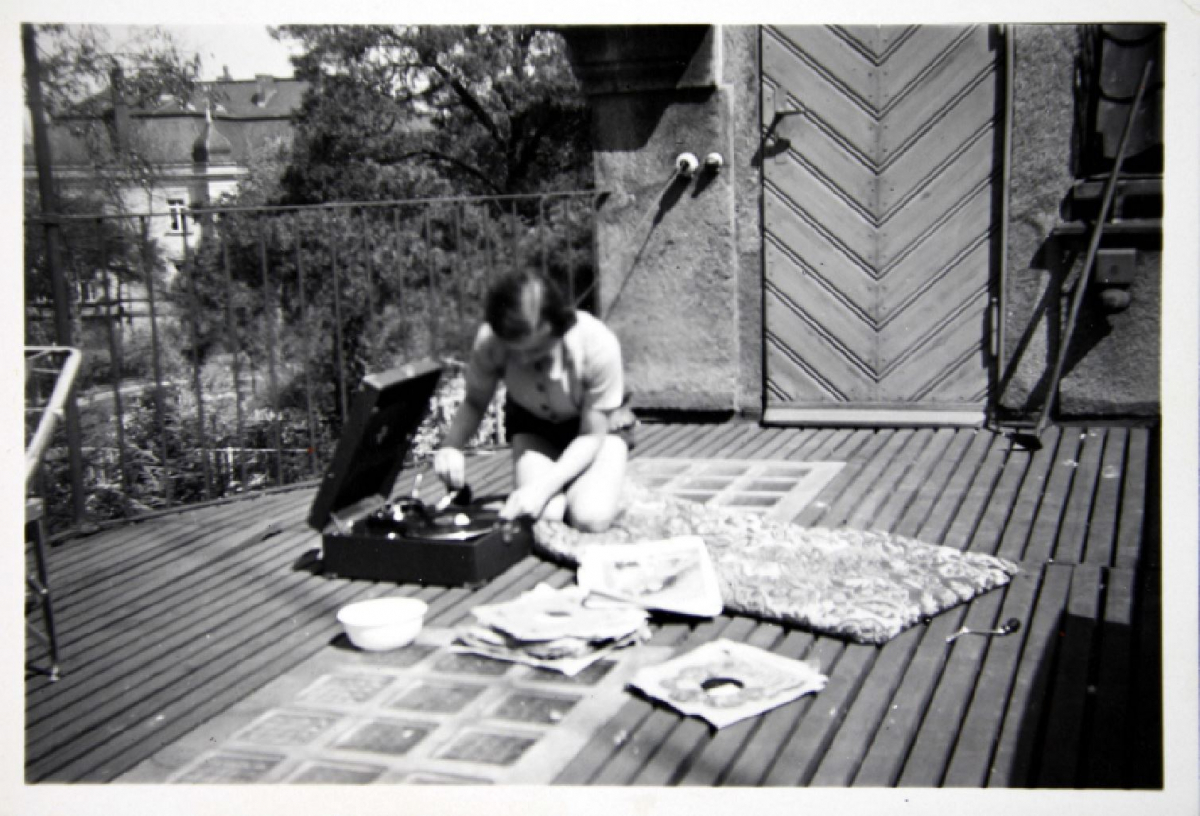Completed PhD project
In my project, I aimed to capture German-Jewish experiences of the Weimar Republic and National Socialist regime through the lens of private photography. In an attempt to comprehend how the crisis and ruptures of that time were understood – and even more so: lived through and dealt with – by German Jews, I looked at a practice that became increasingly popular among the German middle classes of that time. Thanks both to the development of cheap and easy-to-use cameras from the 1920s onwards and a sheer overwhelming presence of photographs in newspapers, billboards, and illustrated magazines of the period, taking pictures, collecting, framing, assembling and presenting them became a wide-spread form of communication and remembrance.
At the same time, however, photography – and especially pictures that were shot, collected and preserved within a private sphere – have largely been neglected by the scholarship on both German-Jewish history and the history of the German bourgeoisie. Through an analysis of photographs that considers the individual and collective meanings attested to them, their function as sites of identity formation, their political implications – e.g. through the visual encoding and appropriation of space –, and finally, their memorial meanings, I seeked to offer a new perspective on the German-Jewish experience amidst the demise of the Weimar Republic and the rise of the Nazism.

